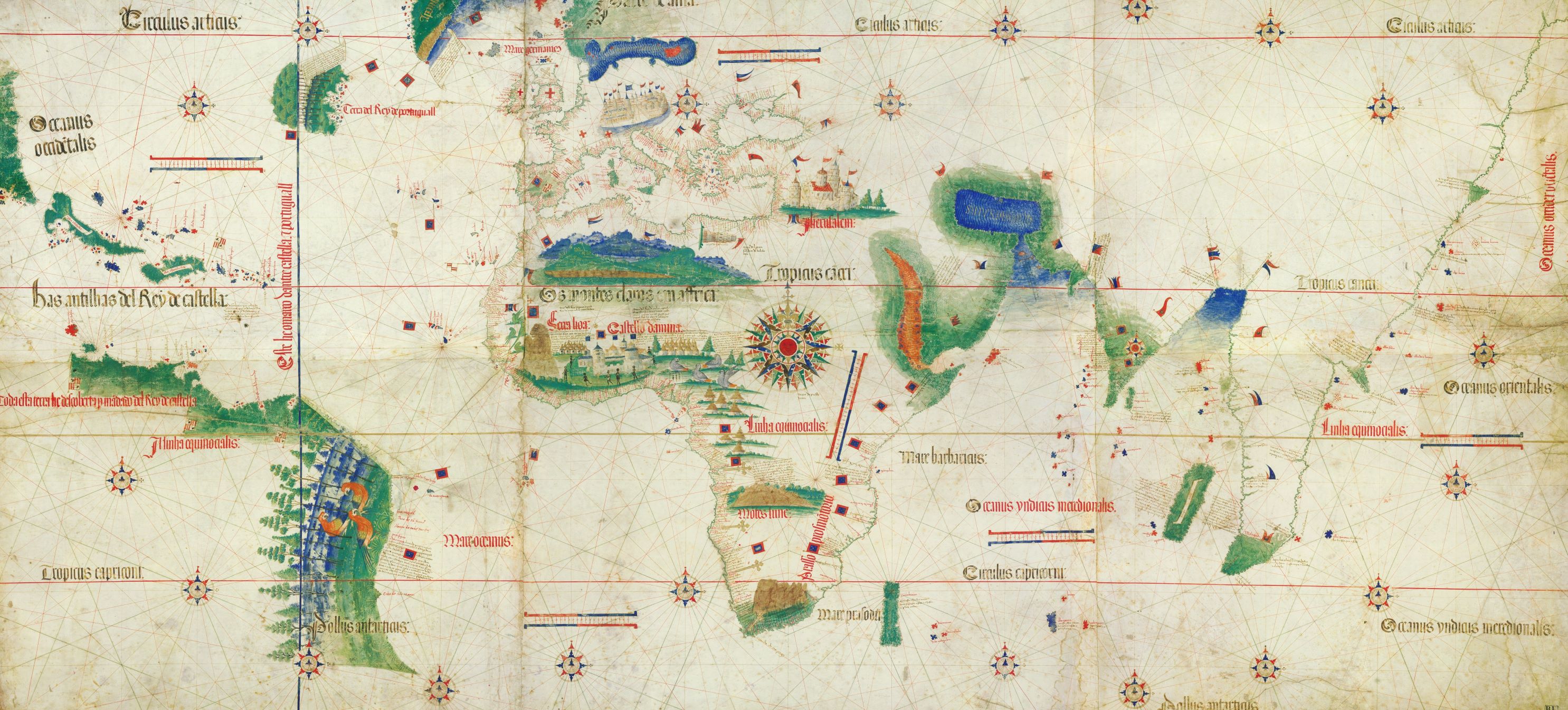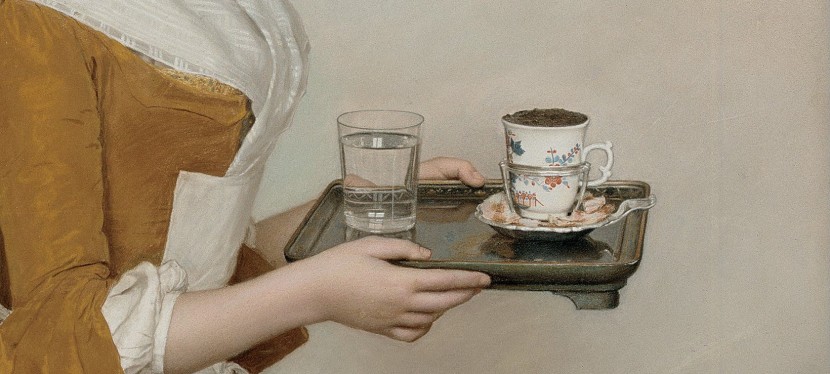Consumption, retail, and social life of global goods in the Italian-speaking valleys of the Three Leagues, 1639-1798
Riccardo E. Rossi
In my PhD-project, I explore how everyday life in the Alps was transformed by integrating, transforming, and excluding commodities of global trajectories. By looking at the Italian-speaking valleys of the Three Leagues, the focus lies on a region where the predominant economic activities, namely animal husbandry and farming, were closely linked to seasonal migration, peddling, and transalpine forwarding. On the one hand, the access to credit systems, distribution networks, and Alpine as well as urban labour markets depended on the power relations within the mountain community. On the other hand, the revenues that were gained by means of these endeavours were reinvested in the social position within the Alpine society. In this way, global goods came to play a vital role: actors from the Three Leagues held privileges to work in the docks of cities such as Venice and Livorno, others specialised in processing sugar, spices, as well as coffee in shops all over Europe, and some of the main transport routes between the Italian peninsula and Central Europe ran through the local mountain valleys.
This raises questions about the impact of global goods on societies in the hinterlands of the major ports and distribution networks. As questions about the social as well geographical reach of changes in consumption and fashion increasingly gained the attention of historians, research on regions in the western Alps showed that particularly those at the margins of society were highly depending on the trade and retail of goods that originated in intercontinental exchanges. This spurred local authorities to set up increasingly restrictive regimes which considerably expanded the range of illicit practices and their prosecution during the course of the eighteenth century.
However, studies regarding the Three Leagues continue to stress the precarious situation which the overwhelming majority of the local inhabitants had to face on an everyday basis. For analysing the global dimensions in everyday life of a society that was marked by scarcity, recent reflections on the global life of things offer a promising perspective. Torn between global entanglements and local dependencies, actors of the Three Leagues imitated, processed, shared, donated, purchased, or refused objects and commodities of global trajectories, while others had only restricted access to them or even had to resort to imaginations and descriptions. In this way, things shaped the social fabric of the Alpine society by means of their materiality, usage, resemblance, and meaning.
In order to explore the social conditions in which commodities were appropriated, transformed, or discarded by a mountain community, my study starts off with a quantitative analysis of probate inventories from different villages and valleys of the Three Leagues between the mid-seventeenth and the late eighteenth century. The goal of this first chapter, is to give a broad overview on how the materiality of everyday life changed over the period and how actors of different status, gender, wealth as well as residence were affected by this.
Questions on how the interaction with a particular good played part in the social life in the mountains, are explored in the following chapters by analysing correspondences, account books, pamphlets, newspapers, recipes, and guide books. First, I look into events and occasion such as festivities or joint meals, to find out more about the way in which the formation of social groups and identities was related to the accumulation, exhibition, usage, or absence of particular materials and objects. Here, also notions of health benefits, adequate behaviour, fashion, and comfort are discussed in regard to material proprieties.
The following chapter deals with forms and networks of retail in the Italian-speaking valleys of the Three Leagues. Here, the aim is to find out more about how the goods that were offered at the various taverns, shops, markets, and fairs corresponded with the relations between clients and vendors. Thus, mobile and illicit forms of retail are of particular interest in regard to status, gender, wealth, and location of the actors involved.
The networks that connected the Alpine work force in urban centres with the villagers in the mountains are examined in the last chapter. Here, one analytical perspectives follows the question of how regional differences were perceived and discussed in different settings, by particular actors with their specific financial, social, and cultural backgrounds. Another aspect that is explored concerns the formation and maintenance of these networks. The focus is here on knowledge, goods, and materiality of the exchange practices.
By analysing the perception, use, and transformation of global goods according to the social constellation in which they were placed, my research project aims to add a global perspective to Alpine lives in the seventeenth and eighteenth centuries and to thereby deepen our understanding of the social conditions in which a good came to its global life.


